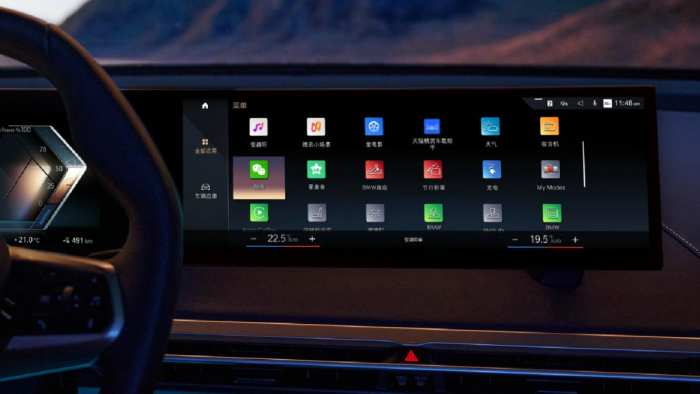*Author: Michelin
Can you imagine, in 2021, the classic control knob of BMW is the only physical button left in BBA! Meanwhile, the other two “big three” German car manufacturers have abandoned the physical button and embraced the embrace of full touch screens.
Just like Fu Sheng, the CEO of Cheetah Mobile, said, the pricing method of this era has changed, and the commercial empire of experiential economy is rising rapidly. The definition of cars in this era is also changing, and our demand for experiential sense is redefining the appearance of the cockpit.
If a few years ago, larger screens, personified voice assistants, and fancy features like mobile apps were exclusive to Tesla and new car forces; now, luxury brands known for stability and tradition also have “fancy” cockpits. Even BMW, which retains the classic knob, digitalizes its cockpit with an integrated floating screen, a personable intelligent assistant with a breathing sensation, and AI active interaction.
As intelligent driving gradually frees our hands and eyes, in addition to the acceleration of pushing back and the sound of the engine, the cockpit brings us the most intimate and direct feeling of the car, and has also become a new arena for various car brands.
Inside the cockpit, all cars are equal
In traditional cars, in addition to hardcore technologies such as the engine, chassis, and driving experience, luxury brands usually use leather seats, solid wood interiors, and brand-name speakers to make people feel the high-end quality of luxury cars even inside the car. It can be said that when we sit in a car with a price difference of 10,000 and 100,000, the feeling is completely different.
With the advent of intelligence, the functions in cars are becoming more and more diverse, and the vehicle system can chat, surf the internet, watch videos, and chat with friends via WeChat. Seats, speakers, and other hardware can only satisfy users’ requirements for one aspect of the cockpit, and another part comes from the software. What functions can we use on the center console screen? Is the software easy to use?
Just like whether it’s a 1,000 yuan phone or a 10,000 yuan iPhone 12 Pro Max, we all need to use the same software, such as chatting on WeChat. It’s the same in the cockpit. Whether it’s an economical car or a luxury car brand, we all need to use the same software, such as navigation, music, radio, etc. The only difference may be that the software response of this car is faster or that the software interface effect of that car is better, and so on.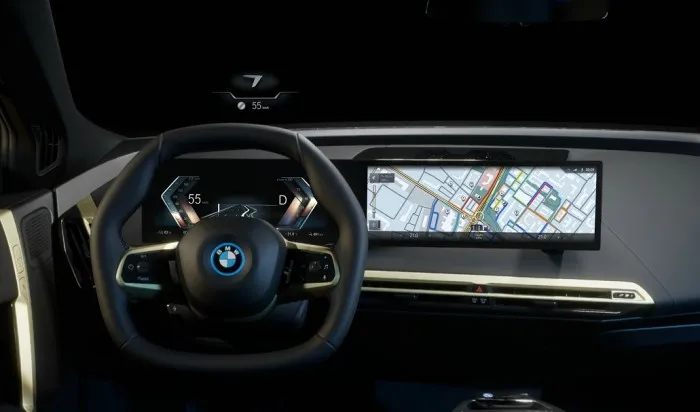
It can be said that intelligent technology has made our demands for the cabin equal.
The software services in the cabin not only narrow the distance between different-brand cars, but also shorten the distance between users and car companies, which changes the way we use cars.
In the traditional era of automobiles, the association between users and car companies only occurred at the moment of purchase. All we needed to do was to pay for the car and we would have access to all its features. With the development of digitization, some functions can be hidden through “hardware embedding”. When we need to use them, we can pay for and upgrade them remotely via OTA, and then experience new features, such as the “Sentry Mode” paid for by Tesla. The in-car ecosystem platform can also allow users to purchase software like in a mobile app store.
This way, users and car companies are continuously linked during the use of the car, and car companies can adjust the next generation of software updates or even develop new products according to users’ habits of use. Car companies have become service providers that provide continuous services instead of one-off manufacturers.
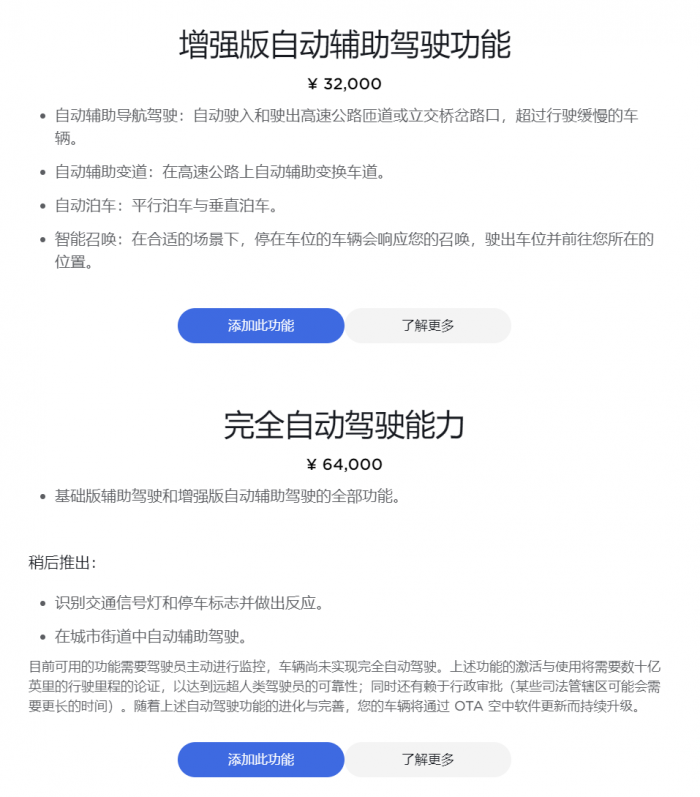
In recent years, luxury car consumers in China have continued to become younger. Taking BMW as an example, the average age of BMW owners in China is only 30 years old, which is 10 years younger than BMW consumers in the United States. For this group of “growing up on the Internet” users, they like personalized products and are more accepting of bold and innovative intelligent technologies.
Moreover, for many young people who are accustomed to software payment and are willing to spend money downloading “Monument Valley” or spending on “King of Glory”, the “software subscription” business model requires almost no adaptation, and it is very familiar to them.
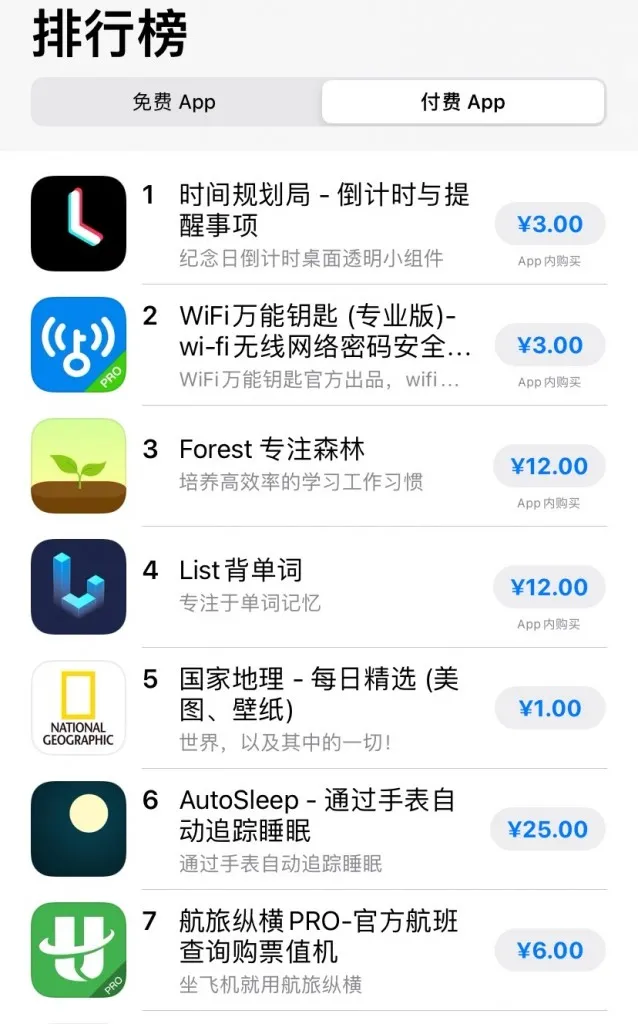
In this situation, the advantageous position of luxury brands established by traditional technology and brand influence is being gradually caught up by radical and innovative challengers.
Therefore, at this year’s auto show, we saw the urgent transformation of luxury brands: BMW took “digitalization” as the label for its own auto show; Mercedes-Benz also designated the evolution of the MBUX system as one of its future work priorities; even Maserati, which has always emphasized design and elegance, has loaded various software funtions on its sports cars.
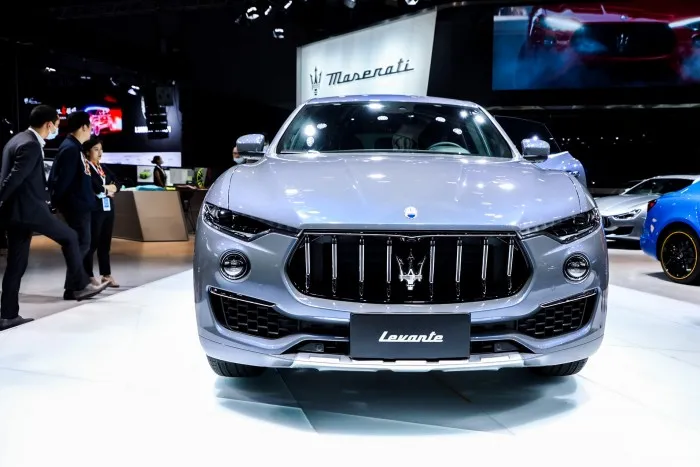
In the era of explosion of cabin ecosystem, let differentiated products speak for themselves.
When Software Makes the Cabin More “Equal”, How Can Brands Showcase Their Features and Avoid Generic In-Car Functions?
This requires automakers to get closer to users and build differentiated and high-quality ecosystems based on the needs of brand users.
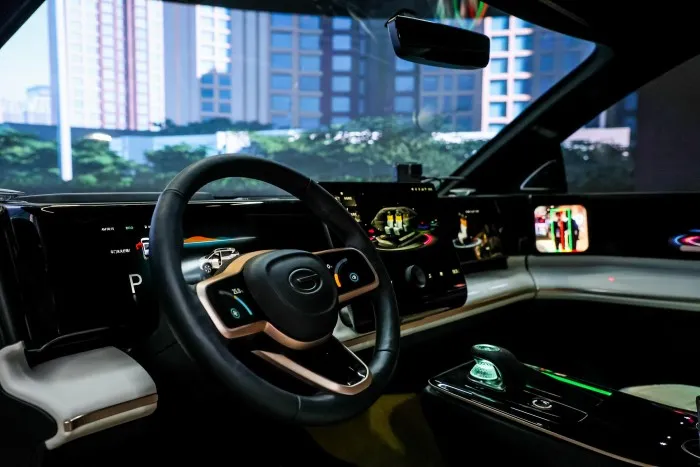
In recent years, luxury brands such as Mercedes-Benz, BMW, and Audi have made efforts on both fronts. On the one hand, they have set up software research and development centers in China, and on the other hand, they have cooperated with domestic technology companies to meet Chinese users’ demand for smart cabins by leveraging their genes rooted in the Internet.
Take music functions for example, while Great Wall Motors has added interactive karaoke features to its cabins, BMW has created 4D fusion experience by integrating their personal classical music function with high-quality car audio.
When it comes to voice assistants, BMW’s latest intelligent voice assistant highlights proactive, non-interference services for its users, while Changan has set up multiple voice options such as that of Li Bai and Daji for young gamers who enjoy playing “King of Glory” video game.
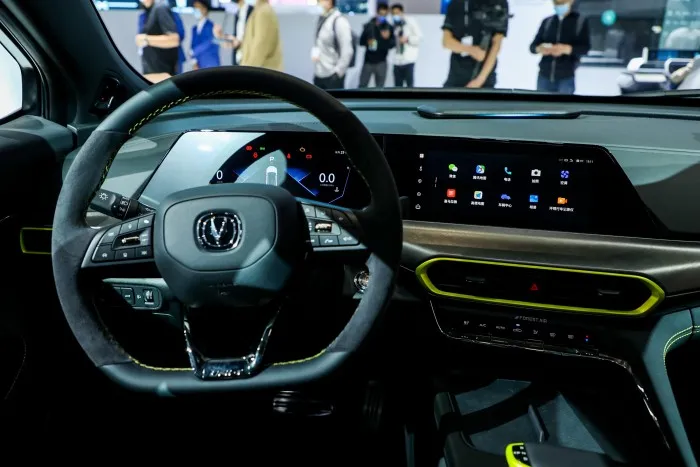
With the arrival of cabin era, what we want is not just a function, but a better experience. Intelligent voice assistants should not only be able to speak, but also understand human speech and interact with people; in-car navigation should not only provide routes, but also clear visual effects and intelligent path planning, which puts higher demands on the quality of the product ecosystem.
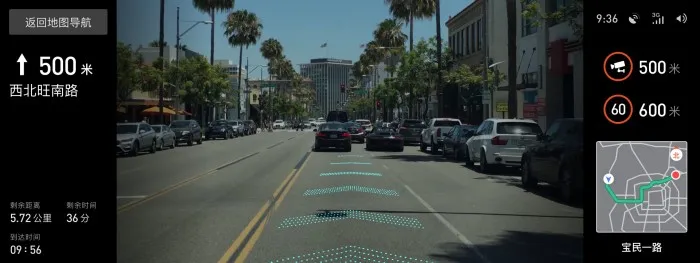
What Users Need Is the Most Important Thing
What kind of functions do you need in your car? The first thing that comes to my mind is the commonly used software on my mobile phone. Therefore, among the various cabin functions of different brands, in addition to necessary voice, navigation, and music functions, the most introduced feature is WeChat Car, which is built into many car models including the GAIC AE4 and the BMW iX. It uses full voice interaction to deliver important information to drivers in a more secure way, avoiding the potential safety hazards of cell phones while driving.
https://v.qq.com/x/page/m3241of8cb4.html## Rich Ecosystem of Cabin Functions
The software on the car is not simply a mirror of the smartphone platform, as it needs to be compatible with different underlying operating systems, adapt to different screen sizes, and be integrated with other functions such as voice and gesture interaction within the car. This requires a more modular car networking solution that can adapt to different onboard systems and hardware platforms. For example, Tencent’s “Tencent Auto Companion” can integrate its own super ID, social relationship network and WeChat payment, becoming a car service assistant that can naturally switch between the phone and the car.
Compared to the millions of apps on the smartphone platform, the current functionality on the onboard platform is relatively limited. On the one hand, third-party software developers need to invest a lot of time and resources to develop applications that can meet user needs and comply with automotive safety standards. On the other hand, the massive amount of software “boarding the car” also requires constantly evolving chips and underlying architectures. In a car network ecosystem that is currently limited, how can we quickly expand service applications?
Just as we use WeChat mini-programs when our phone memory is low or we can’t download a certain app, we can do the same on the car. The first car version of WeChat mini-programs, called “Tencent Mini-Scene,” was first used on the new BMW electric flagship iX and is the first native application built on the Linux system.
Although the Linux system has higher stability and security, its ecosystem has always been relatively limited, which is why many automakers choose Android. The “Tencent Mini-Scene” platform has over 3 million service applications, eliminating the need to download each individual application. This makes it possible for Linux car systems to quickly meet the demand for rich functions, such as listening to audiobooks by Fan Deng or Kai’s stories, booking hotels through Tongcheng Yilong, and checking stocks.
In the age of intelligent automobiles, where various automakers are fighting each other, if car manufacturers are like soldiers charging into battle with digital weapons, then technology companies that collaborate with them are like hidden supply depots that provide software and ecosystem to empower these brands’ digitization.
Luxury brands are moving from being “high up” in telling users what a luxury car is to becoming “what users want” in creating luxury cars. User demands for intelligent cabins are also changing. We look forward to rich cabin functions and seamless and meticulous companionship. We hope that luxury car brands will become more intelligent.
This article is a translation by ChatGPT of a Chinese report from 42HOW. If you have any questions about it, please email bd@42how.com.
